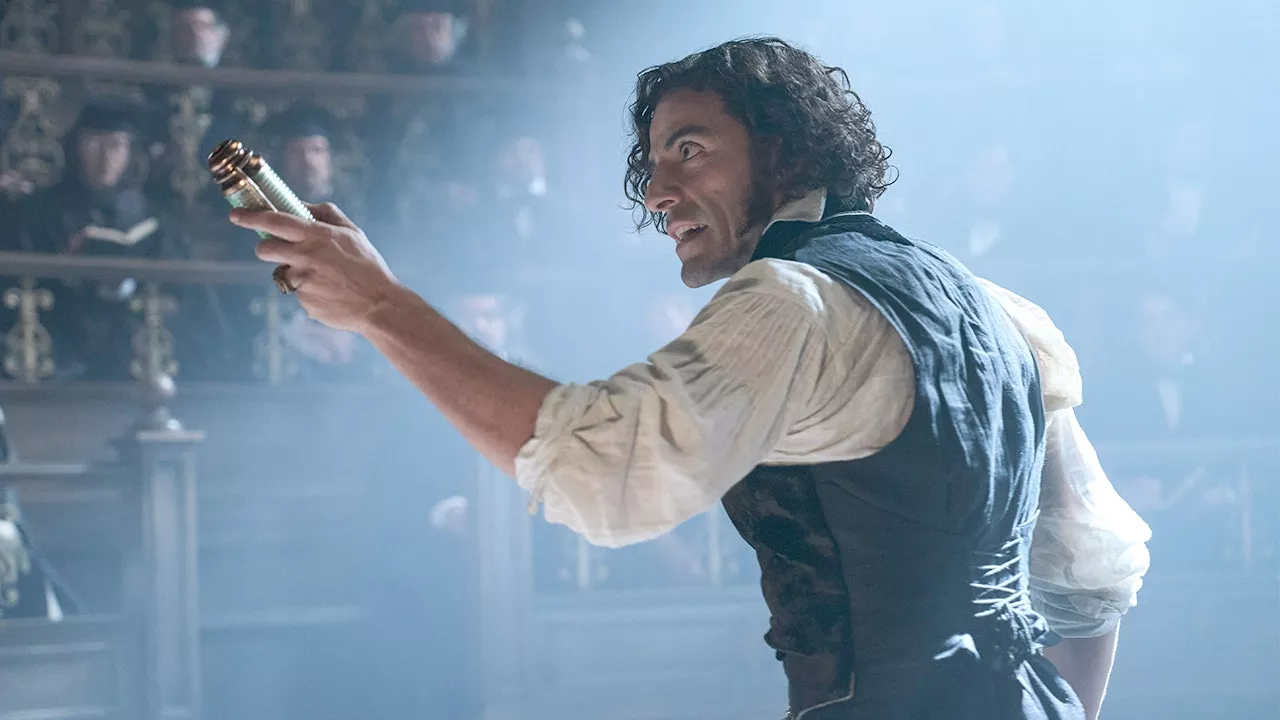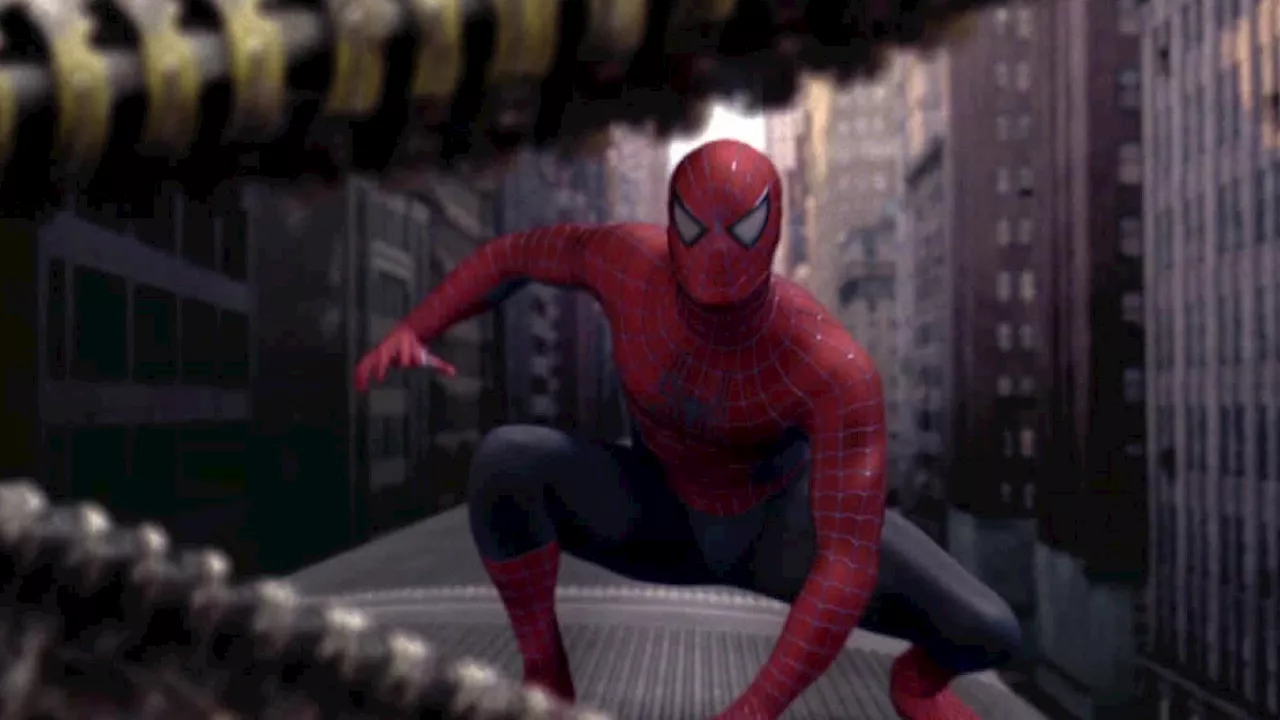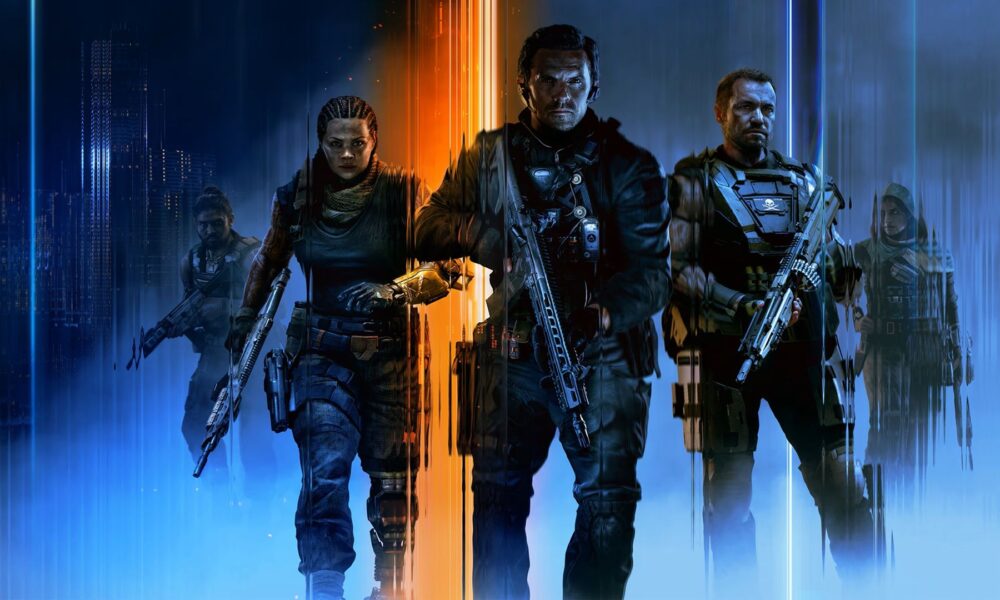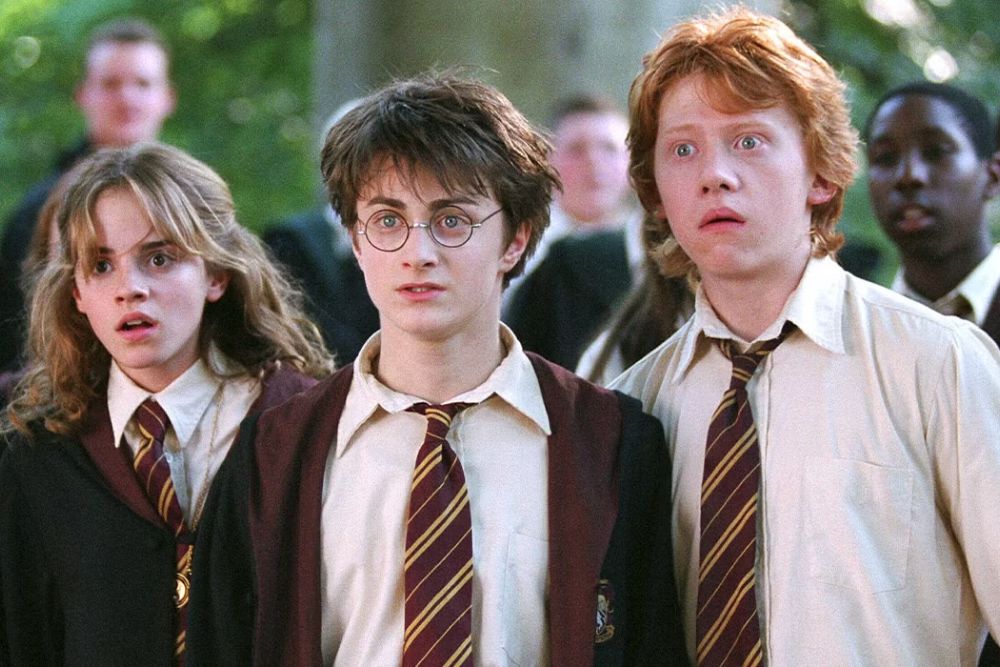Over the past fifty years, cinema has produced a remarkable array of visually stunning films that captivate audiences worldwide. This list highlights ten films that exemplify exceptional artistry and cinematography, showcasing the dedication of countless professionals, including directors, cinematographers, and designers. Each film not only pushes the boundaries of visual storytelling but also remains etched in the memories of viewers for its aesthetic brilliance.
10. Raging Bull
Directed by Martin Scorsese, the boxing biopic Raging Bull stands out for its raw depiction of violence and emotion. Shot by cinematographer Michael Chapman, the film’s black-and-white visuals accentuate the gritty reality of the sport. The opening scenes, featuring Robert De Niro as Jake LaMotta shadow boxing, set the tone for a film that balances brutal fight sequences with intimate domestic moments. The contrasting visuals create a powerful emotional landscape that resonates deeply with audiences.
9. The Last Emperor
The epic drama The Last Emperor, directed by Bernardo Bertolucci, transports viewers to Imperial China with its sweeping visuals. The film, renowned for its large-scale production and attention to detail, utilized thousands of extras and lavish sets. Cinematographer Vittorio Storaro employed bold colors to reflect the protagonist’s journey, utilizing vibrant hues in his early life and muted tones during periods of political turmoil. This masterful visual storytelling won the film several Academy Awards.
8. Spider-Man: Across the Spider-Verse
Challenging the notion that animated films cannot achieve high artistic merit, Spider-Man: Across the Spider-Verse exemplifies the beauty of computer-generated animation. This sequel further develops the visual style established in its predecessor, presenting diverse worlds and characters, each rendered in unique artistic styles. The film’s combination of watercolors, comic book aesthetics, and punk-rock influences creates a kaleidoscope of visuals that redefines animated storytelling.
7. Fantastic Mr. Fox
The stop-motion animation of Fantastic Mr. Fox demonstrates the artistry of handmade films. Directed by Wes Anderson, this adaptation of Roald Dahl’s story uses tactile materials, such as cotton balls for smoke effects, to create an enchanting visual experience. Every frame captures a distinct autumnal palette, immersing viewers in a whimsical world that is both charming and visually captivating.
6. The Tale of Princess Kaguya
Studio Ghibli’s The Tale of Princess Kaguya offers a breathtaking exploration of Japanese folklore through its unique visual style. The film employs a minimalist aesthetic inspired by traditional sumi-e watercolor painting, allowing the emotional depth of the story to shine through. Despite its labor-intensive production, which made it the most expensive Japanese film at the time, the result is a visually stunning and deeply moving experience.
5. Dune: Part Two
Director Denis Villeneuve continues to impress with Dune: Part Two, the sequel to his acclaimed adaptation of Frank Herbert’s novel. Building upon the striking visuals of the first film, the sequel showcases the desolate beauty of the planet Arrakis. Cinematographer Greig Fraser employs natural lighting and innovative techniques, such as infrared filters, to enhance the film’s epic scope and intricate details.
4. Hero
The martial arts epic Hero, directed by Zhang Yimou, utilizes color as a narrative device, visually dividing the film into distinct segments. As Jet Li’s nameless assassin recounts his story, each section is defined by a unique color scheme, enhancing the emotional weight of the narrative. The collaboration between Yimou and cinematographer Christopher Doyle elevates the film to a stunning visual masterpiece.
3. The Tree of Life
In The Tree of Life, director Terrence Malick explores profound themes through a visually ambitious narrative. Cinematographer Emmanuel Lubezki captures intimate moments and grand cosmic events with a free-roaming camera style that allows viewers to experience the characters’ lives in a dream-like manner. The film’s blend of natural light and tactile visual effects contributes to its unique and evocative aesthetic.
2. Barry Lyndon
Stanley Kubrick’s Barry Lyndon is often cited for its breathtaking visuals, embodying the adage “every frame a painting.” Shot by John Alcott, the film employs specially modified lenses to capture scenes lit solely by candlelight, creating a visual experience that mirrors 18th-century paintings. The attention to detail and innovative cinematography set a benchmark in the history of film visuals.
1. The Assassination of Jesse James by the Coward Robert Ford
Cinematographer Roger Deakins delivers an unparalleled visual experience in The Assassination of Jesse James by the Coward Robert Ford. Directed by Andrew Dominik, the film employs a muted color palette that reflects its themes of melancholy and introspection. Deakins’ use of specific lenses adds a dream-like quality to the film, making it a seminal work in visual storytelling that showcases the beauty of the cinematic medium.
These ten films not only exemplify the visual artistry of cinema but also highlight the creative collaboration that brings breathtaking imagery to life. As technology advances and storytelling evolves, the pursuit of stunning visuals in film continues to inspire both creators and audiences alike.







